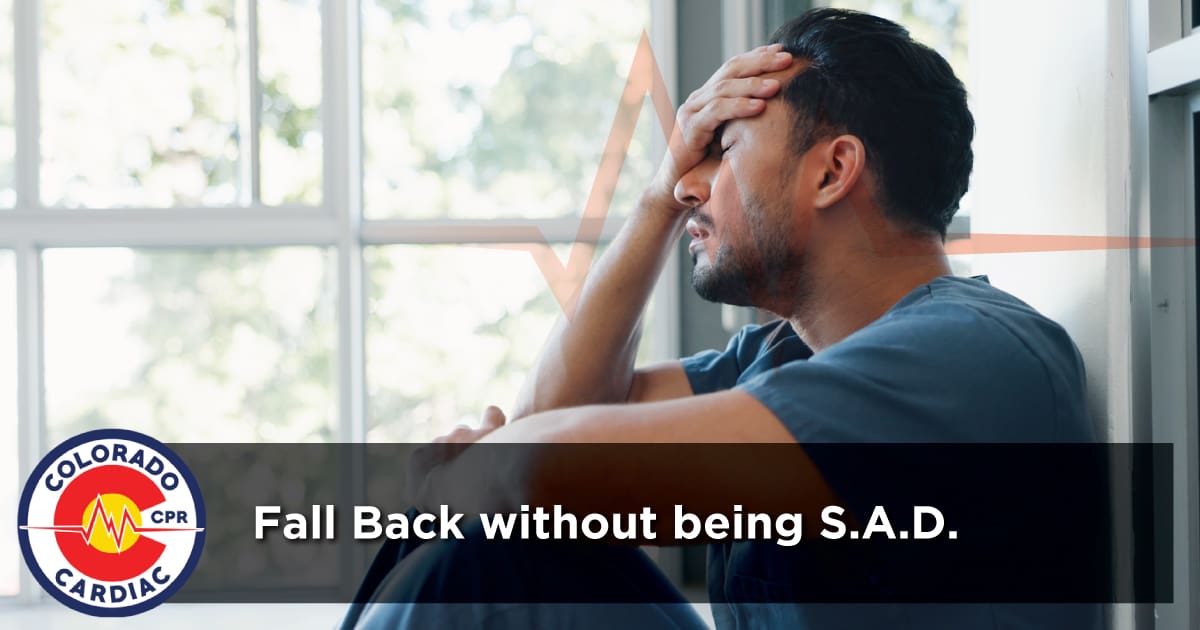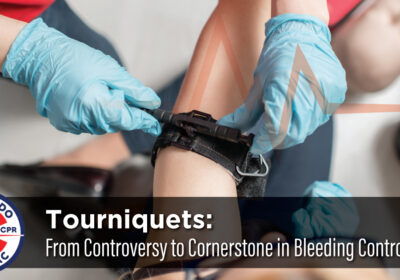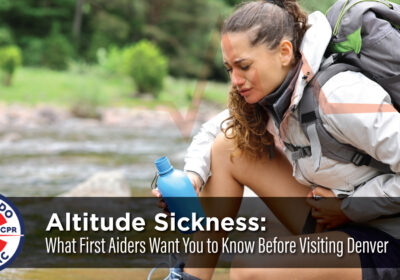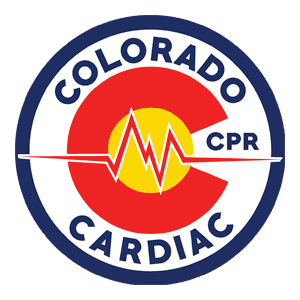Fall Back without being S.A.D.

NEWS YOU CAN USE:
NEWS YOU CAN USE: Autumn brings harvest season, cooler temperatures, pumpkins and spice, fall foliage and longer nights especially when we turn the clocks back an hour! It is estimated about 5% of adults in the U.S. experience S.A.D. or Seasonal Affective Disorder and it can typically last 40% of the year, through the winter months. The prevalence of S.A.D. varies with geographical latitude, more common with people living farther north where the daylight hours are shorter, age, and is more common in females (assigned at birth).
S.A.D. is related to altered levels of melatonin—a hormone important for maintaining the normal sleep−wake cycle. People with winter-pattern S.A.D. produce too much melatonin, which can increase sleepiness and lead to oversleeping. As the seasons change people go through short periods when they feel unlike their usual selves. Many people feel “down” or have the “winter blues” when the days get shorter in the fall and winter and feel better in the spring when longer daylight hours return.
What you can do:
Tips to help shift workers including EMS and healthcare workers combat S.A.D.
- Recognize your body’s cues: S.A.D. typically begins and ends around the same time each year. Watch for seasonal changes and your body’s cues. The most common symptoms are:
- Oversleeping (hypersomnia) and difficulty waking up
- Loss of interest and pleasure in activities formerly enjoyed
- Increased sensitivity to rejection
- Grouchiness and anxiety
- Feelings of guilt and hopelessness, helplessness, worthlessness
- Excessive tiredness (fatigue), daytime drowsiness
- Decreased sex drive
- Decreased ability to focus
- Trouble thinking clearly
- Increased appetite, especially for sweets and carbohydrates
- Weight gain
- Physical problems, such as headaches, digestive problems, colds, infections and illnesses
- Social withdrawal (feeling like “hibernating”)
- Decreased energy, feeling slowed down, weighted and heavy
- Seek out natural light: Since the 1980’s seeking out natural light has been the mainstay treatment for S.A.D. Keep windows clear to let in natural light. Keep rooms well-lit with artificial light. Wake up to a bright and well-lit room. Avoid keeping your surroundings dark and gloomy. Consider the color of your interior walls, décor and wardrobe. Are they bright colors, pastels or yellow for sunshine.
- Maintain a consistent sleep – wake schedule: Set the tone for quality sleep. Turn off all technology devices 45 minutes prior to bedtime. Optimal temperature for sleep is between 60°-67°F. This range may help facilitate rapid eye movement or REM sleep. Have a reason to get out of bed each day and get going!
- Physical Activity: physical activity is known to release endorphins, which are hormones that increase your feelings of well-being and reduce pain. Physical activity can support your metabolism and improve your energy levels. Aim for 150 minutes of moderate intensity or 75 minutes of vigorous activity each week. Daily light to moderate physical activity is best.
- Practice mindfulness: Make mindfulness a daily habit by incorporating the practice into your routine. Consider using a mindfulness app, practicing relaxation techniques, taking a yoga class, meditation or journaling to enhance your ability to be present in the moment. Set realistic daily and weekly goals. Do things that make you feel better such as volunteering, crafting, hobbies, or taking part in religious or social activities.
CPR TRIVIA:
CPR was invented in 1960!
FIRST AID AWARENESS:
October is Fire Prevention Month! Install a smoke detector in your home and if you already have one, change the batteries.
ADDITIONAL INFORMATION:
- For American Heart Association BLS -CPR, First Aid, PALS certification training contact our office at 720.639.2623 or www.3cpr.org
- For Mental Health First Aid certification or mental health workplace workshops contact: Harley at ts@3cpr.org
- For tailored Health and Wellness Lunch -n-Learns or presentations contact: Harley at ts@3cpr.org
- When registering for a CPR, First Aid or PALS class, use promo code 3CPRBLOG for a discount!
BLOG WRITTEN BY:
Sophie Mabry, M.A.,
ACSM Exercise Physiologist, EIM II, Certified Health and Wellness Coach, Sports Nutritionist, Mental Health First Aid Responder, BLS CPR and First Aid Instructor, former EMS professional.
REFERENCES:
- American Nurse Association. https://preprodojin.nursingworld.org September 30, 2014
- How to eat healthy when you have no time. John Hopkins. http:// www.hopkinsmedicine.org
- Nursing Journal. https://www.nursejournal.org November 19, 2022
- Tips for healthy food on the go. Harvard Health Medical School. March 11,. 2024
Related Posts

The MARCH Mnemonic Series – Tactical Trauma Care for EMS Providers
When seconds count and conditions are unpredictable, the MARCH mnemonic. provides a clear, evidence-based sequence…

Tourniquets: From Controversy to Cornerstone in Bleeding Control
The use of tourniquets has transformed modern trauma care. Once considered a last resort, they…

Altitude Sickness: What First Aiders Want You to Know Before Visiting Denver
Denver, Colorado, is famous for its sunshine, mountain views, and “Mile High City” nickname. But…
